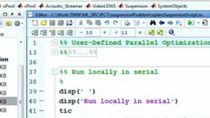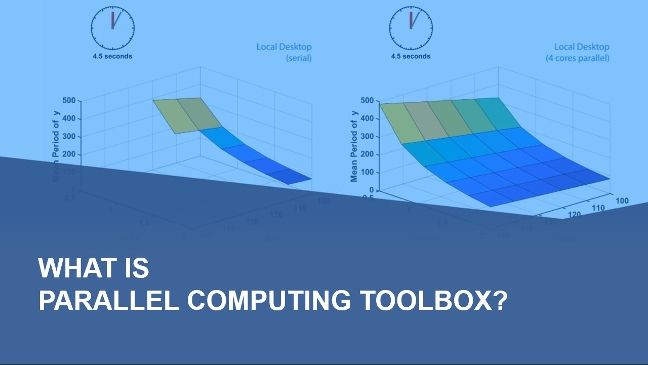Reduce Time to Results with MATLAB Using Parallel Computing
MATLAB® makes it easy to leverage your local and remote hardware to scale up your MATLAB applications and run multiple Simulink® simulations in parallel.
Parallel Computing Toolbox™ lets you solve computationally and data-intensive problems using multicore processors, GPUs, and computer clusters. Parallel-enabled functions in MATLAB and other toolboxes and high-level constructs such as parallel for-loops, special array types, and parallelized numerical algorithms enable you to parallelize MATLAB applications without CUDA® or MPI programming.
You can scale your computations further by running them across multiple machines with MATLAB Parallel Server™. You can prototype your programs and simulations on the desktop and then run them on clusters and clouds without recoding. MATLAB Parallel Server supports interactive computations and batch jobs and runs them as scheduled tasks on your cluster.
Published: 14 Aug 2023





